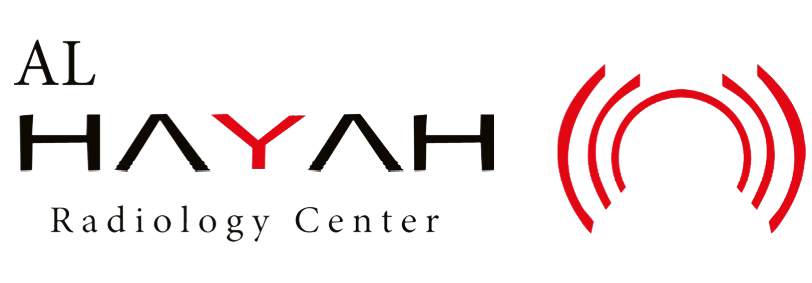Increasingly, devices and methods are being used to streamline asylum procedures. These types of range from biometric matching applications that study iris works and fingerprints to databases for asylum seekers and asylum seekers to chatbots that support them register coverage instances. These kinds of technologies are meant to make it easier only for states and agencies to process asylum applications, particularly as numerous devices are slowed down by the COVID-19 pandemic and growing amounts of required displacement.
Yet these kinds of digital tools raise several human privileges concerns for the purpose of migrants and demand unique governance frameworks to ensure justness. These include privateness problems, funeste decision-making, and the prospects for biases or machine problems that cause discriminatory influences.
In addition , a central problem for these systems is their relationship to frame enforcement and asylum digesting. The early failures of CBP One—along while using Trump administration’s broader push for portals of the board of directors for advising migrant workers restrictive guidelines that restrict access to asylum—indicate these technologies may be subject to politics pressures and should not always be viewed as unavoidable.
Finally, these technologies can condition how refugees are recognized and cared for, resulting in a great expanding carcerality that goes more than detention facilities. For example , language and vernacular recognition equipment create a specific educational space around migrants by simply requiring these to speak in a certain way. In turn, this kind of configures all their subjecthood and may impact the decisions of decision-makers exactly who over-rely about reports produced by these tools. These procedures reinforce and amplify the ability imbalances which exist between asylum seekers and decision-makers.
